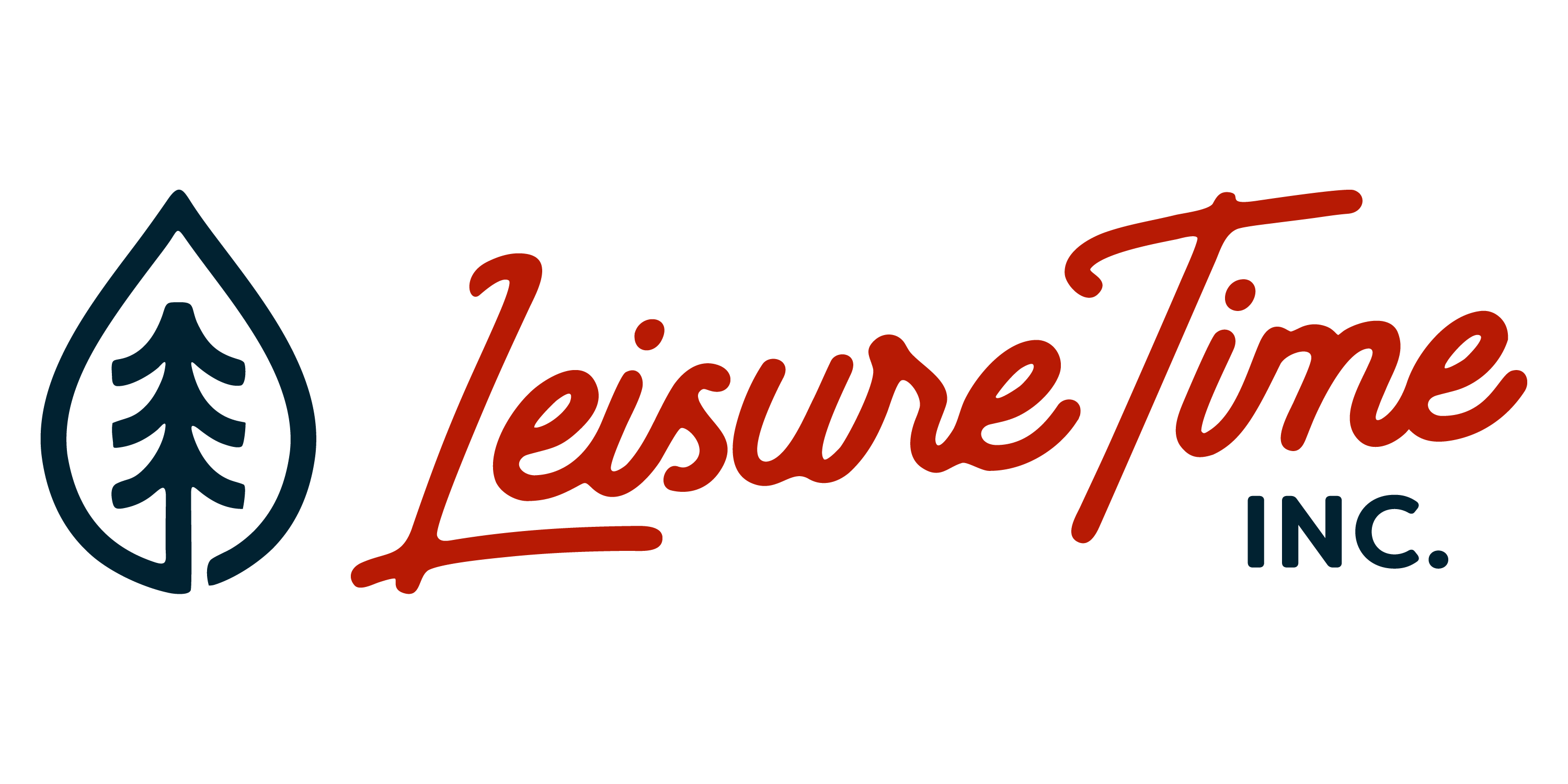
Converting to a Gas Fireplace: Pros, Cons, and How to Get Started
Fireplaces have long been a symbol of comfort, warmth, and ambiance in our homes. But, as technology advances and our lifestyles change, more homeowners are considering converting their traditional wood-burning fireplaces to gas fireplaces. In this blog, we will explore the pros and cons of converting to a gas fireplace and provide a step-by-step guide on how to get started with this home improvement project.
Pros of Converting to a Gas Fireplace
-
Convenience: One of the most significant advantages of a gas fireplace is the convenience it offers. With just a flip of a switch or the push of a button, you can have a warm, inviting fire in seconds, without the hassle of buying, storing, and hauling wood.
-
Cleanliness: Gas fireplaces are clean and low-maintenance. You won't have to deal with soot, ashes, or the need for constant cleaning. This makes them an excellent choice for those who prefer a hassle-free heating source.
-
Efficiency: Gas fireplaces are highly efficient, as they produce a consistent, controlled flame. This means you can expect a reliable source of heat without worrying about drafts or the need for constant tending.
-
Safety: Gas fireplaces are generally safer than wood-burning ones. There's no risk of sparks, flying embers, or creosote buildup in the chimney, reducing the risk of house fires.
-
Design Options: Gas fireplaces come in various styles and designs to complement your home's aesthetic. You can choose from traditional, contemporary, or even modern models to suit your preferences.
Cons of Converting to a Gas Fireplace
-
Cost: Converting to a gas fireplace can be a significant investment. You'll need to purchase the gas fireplace unit itself, install gas lines if they don't already exist, and potentially modify your chimney or vent system.
-
Authenticity: Some people prefer the authenticity and crackling sound of a wood-burning fire. Gas fireplaces may lack the ambiance and nostalgia that a traditional wood fire provides.
-
Limited Heat Output: While gas fireplaces are efficient, they may not produce as much heat as a wood-burning fireplace. If you primarily use your fireplace as a heating source, you may want to consider this limitation.
How to Get Started with Converting to a Gas Fireplace
-
Assess Your Current Setup: Begin by evaluating your existing fireplace. Is it wood-burning? Does it have a chimney or vent system? Consider the condition of the fireplace and what modifications may be needed.
-
Choose the Right Gas Fireplace: Research and select a gas fireplace that suits your style and heating needs. Make sure it is the correct size for your fireplace opening.
-
Professional Installation: It's crucial to have a licensed professional install the gas fireplace and gas lines, if required. They can ensure that the unit is installed safely and in compliance with local building codes.
-
Ventilation: Determine the appropriate ventilation system for your gas fireplace. Direct venting is the most common and safe method, as it exhausts fumes outside while drawing in fresh air for combustion.
-
Regular Maintenance: Gas fireplaces require periodic maintenance. Schedule routine inspections and cleaning to keep your fireplace in excellent working condition.
Leisure Time Inc. offers a wide variety of Gas Fireplaces just for you! Check them out here 👇
https://shop.leisuretimeinc.com/collections/gas-fireplaces
Conclusion
Converting to a gas fireplace can offer many benefits in terms of convenience, cleanliness, efficiency, and safety. However, it's essential to consider the upfront costs and the potential loss of the traditional wood-burning ambiance. If you're ready to make the switch, follow the steps outlined in this guide, and remember to consult with professionals to ensure a safe and successful conversion. Ultimately, your choice should align with your lifestyle, preferences, and heating needs.


